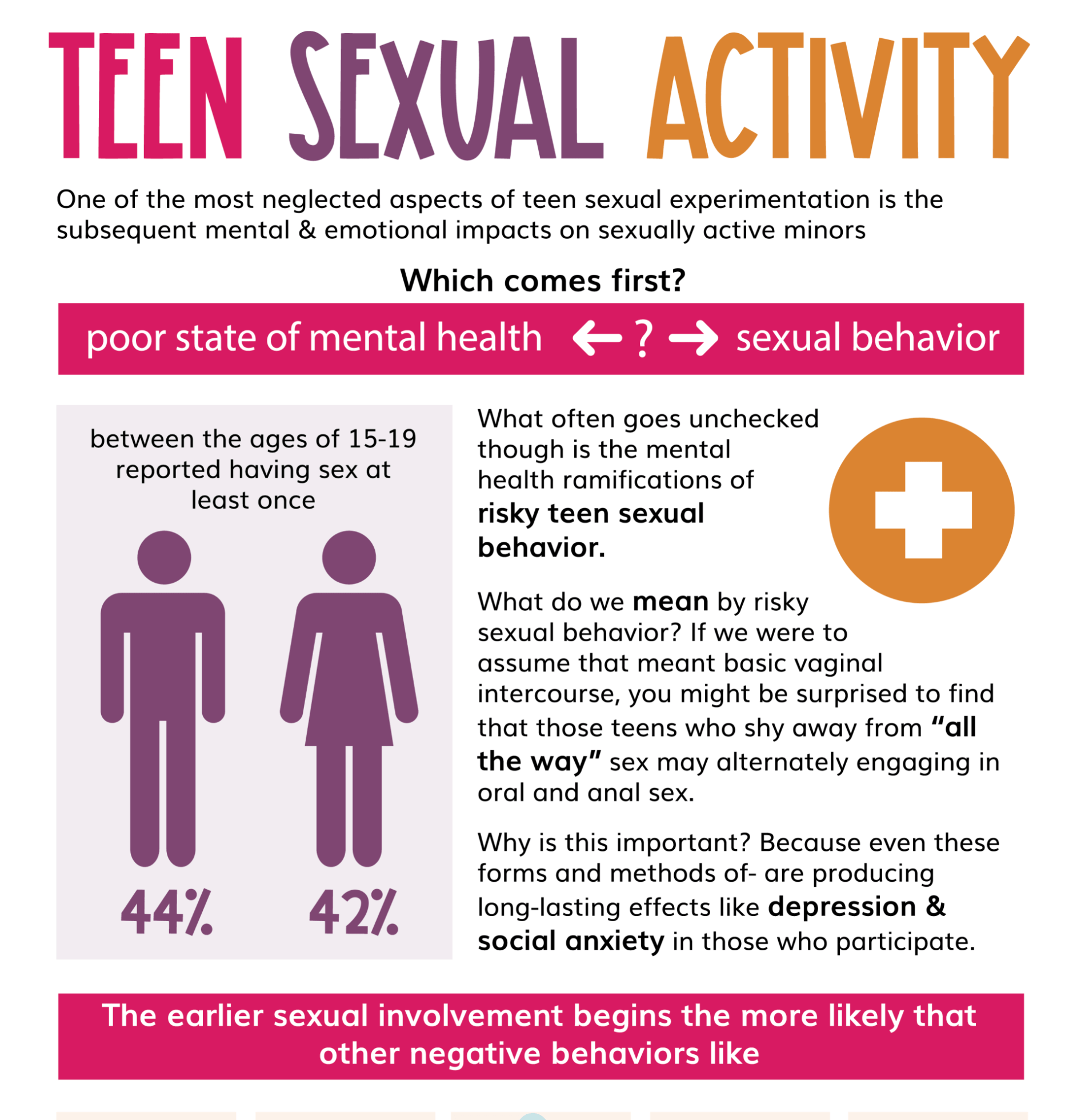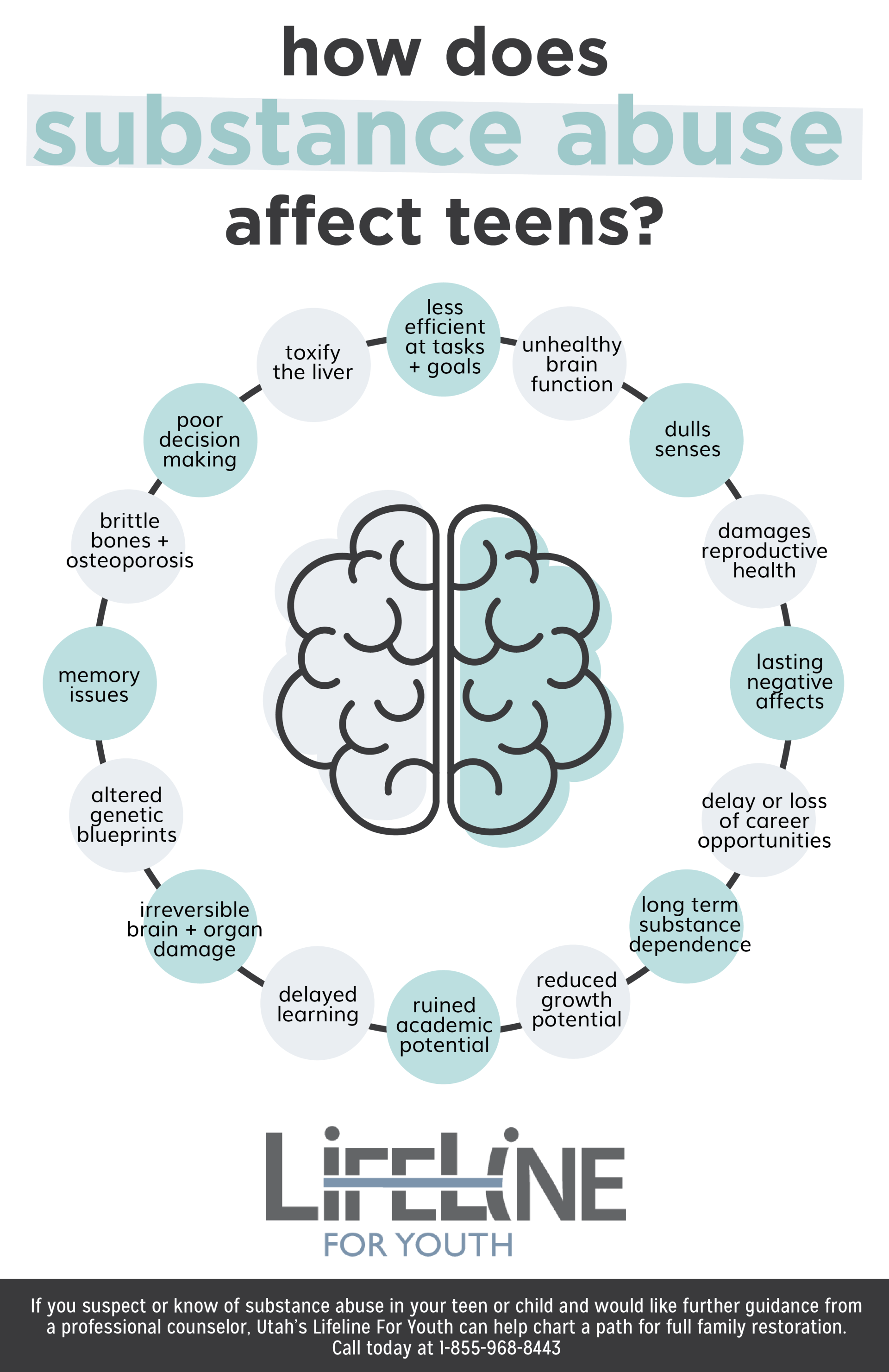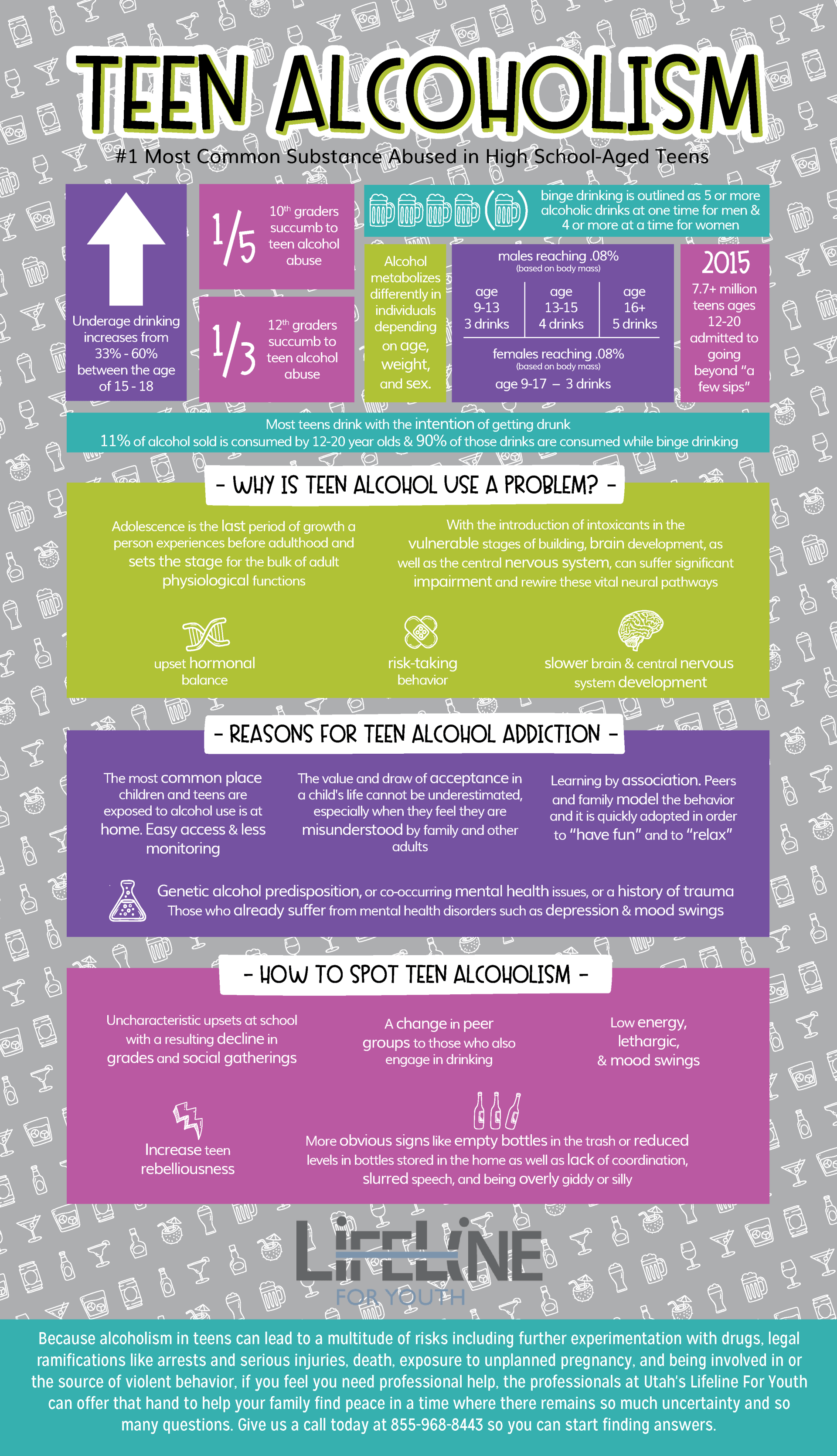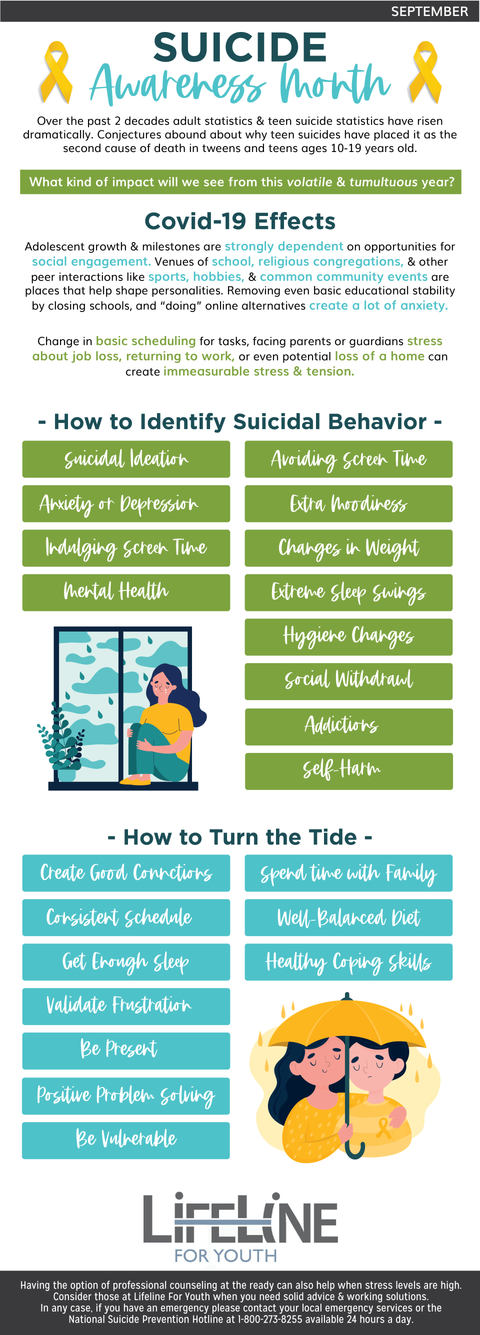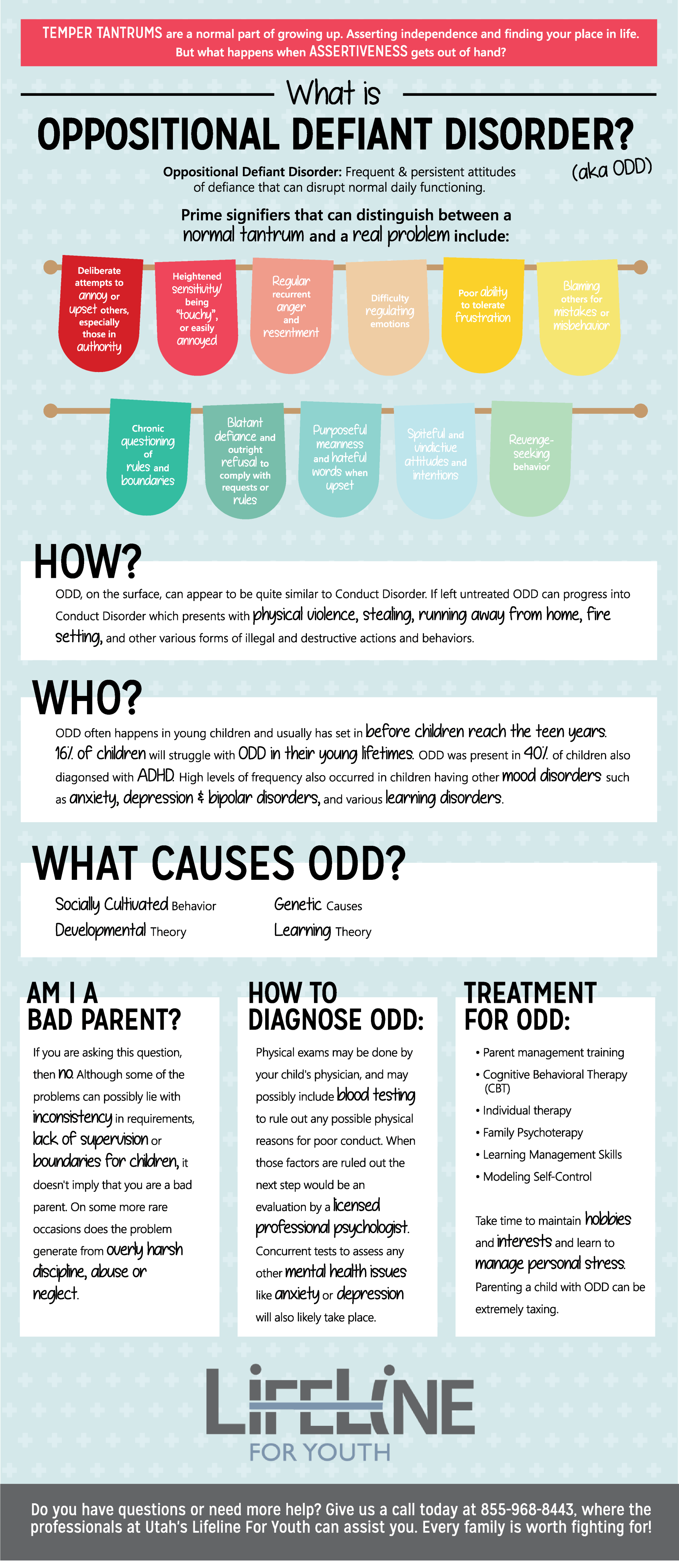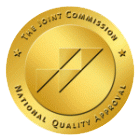September is Suicide Awareness Month and each year we focus on typical guidelines helping us recognize signs of suicidal thoughts and suicidal behavior in teens and young adults.
This year the rules are changing.
Over the past 2 decades adult statistics and teen suicide statistics have risen dramatically. Conjectures abound about why teen suicides have placed it as the second cause of death in tweens and teens ages 10-19 years old. What kind of impact will we see from this volatile and tumultuous year?
Why Covid-19 effects teens drastically?
Adolescent growth and milestones are strongly dependent on opportunities for social engagement. At this time in their lives youth are forming ideas and values of their own and tend to test the waters, further seeking to define their individuality. Venues of school, religious congregations, and other peer interactions like sports, hobbies, and common community events are places that help shape personalities. Removing even basic educational stability by closing schools, and “doing” online alternatives create a lot of anxiety. “Normal” can seem a long way off and combining multiple assaults to the fabric of “normal” through every venue that shapes the child can be quite overwhelming
Day to day functioning in a home environment for “shelter-in-place", or quarantine environment, change in basic scheduling for tasks, facing parents or guardians stress about job loss, returning to work, or even potential loss of a home can create immeasurable stress and tension.
How to identify suicidal behavior in teens
Is my child ok? Are they adjusting or depressed? What guidelines are right amid all the chaos? And most prominently- what can I do to help?
It would be easy to spot if there were only a few strong indicators of suicidal ideation. The problem with diagnosing someone prone to suicide is that there is never one or two single factors that clue us in.
Anxiety and depression play a large role and yet themselves are only symptoms of other possible mental health issues that need to be heeded. Clues and tip-offs that we were able to observe before have become largely unusable in a Covid-19 world.
With the world in seeming upheaval among the Covid-19 landscape, the ability to notice if a child has poor school or social involvement is now gone. We are left to wonder if spending too much time online or in their room is an escape or attempts at keeping a healthy mindset? It can be frustrating and concerning for those who keep a watchful eye on their child's behavior.
Pre-existing mental health conditions- those most vulnerable are those that have already dealt with or contend with mental health issues. If your child has been treated for depression, anxiety, addictions or problems with self-harm, they are more likely to dwell on suicidal ideation.
History of prior suicide attempts- children who have talked about, planned, and shown signs of, or have attempted suicide before being particularly at risk, especially if their coping skills are not yet strong.
More day to day indicators of suicide can include the following:
Indulging in or completely avoiding screen time- While online schooling, support groups, and social media can provide a connection with others at this time, completely avoiding any social interactions online can be signs of stress. Likewise indulging in gaming-type activities to the point of obsession may be an indicator of poor coping mechanisms.
Extra moodiness- Big mood swings and obvious depressive funks are to be noted. Severe frustration and anger can be indicative of poor coping skills. Fatalism, hopelessness, and despair may be present.
Changes in weight- Though quarantine can cause weight gains, cues to depression and suicidal thoughts may be extreme weight gain or weight loss.
Extreme swings in sleep times- Days and nights will often get switched around and or excessive sleep times. These unnatural sleep cycles can result in lack of eating and severe depression.
Changes in hygiene- Though teens can greatly vacillate between dressing to the nines and smelling like a gym locker room, a steep and consistent decline in appearance should be noted.
Social withdrawal- If social distancing and shelter-in-place weren’t bad enough, watching your children for signs of extreme withdrawal like eating meals alone or avoiding family time in combination with other signs.
How to turn the tide:
In a Covid-19 world where social distancing is unavoidable, you can redeem the time by establishing good connections with your children. Even though you might be fed up with board games, there are many things you can do with your family.
Having a consistent schedule helps keep a form of normalcy. Establishing proper eating and sleeping times and having a well-balanced diet as possible. These efforts will go a long way to model good habits to your children and let them know that through these unstable times, there can be dependability and formation of good habits- establishing fruitful ways of coping with outside stress and irregularities.
Venting frustration is another way of good modeling. Though the thought of loosing a job permanently is scary or not knowing how bills are going to be met and regular life can continue, watching the adults in their lives acknowledge these things without excess fear can help. This doesn’t mean that there won’t be fear but showing anxiety all the time will cause them to absorb more anxiety themselves. Validating their frustration and anger over missing sports events, group activities, milestones, and vacations to let them know someone understands and can empathize. Listen first and direct them to positive problem solving.
Be present. Often in the heat of adulting we tend to get absorbed in our own problems and issues. Making yourself available is incredibly important, but not to the point of pushing. Activities like online classes, developing interests you can learn together, or even projects you’ve been putting off around the house that can be done together can afford the time to make connections. Learning to open up about struggles you might have had when you were younger or even currently can often spark dialog.
Having the option of professional counseling at the ready can also help when stress levels are high. Consider those at Lifeline For Youth when you need solid advice and working solutions.
In any case, if you have an emergency please contact your local emergency services or the National Suicide Prevention Hot Line at 1-800-273-8255 available 24 hours a day.
